Vlogs have sky-rocketed in popularity ever since YouTube came to be. There are two reasons for this: video content is highly engaging, and viewers get to live vicariously through you.
It might seem as simple as turning on a camera, saying your piece, and uploading the video—but there's a lot more that goes into vlogging, especially since it's become a competitive multi-million dollar industry.
If you're interested in becoming a vlogger but have no idea where to start, you're in the right place. We're going to give you several essential tips every beginner needs to know.
What Is a Vlog?
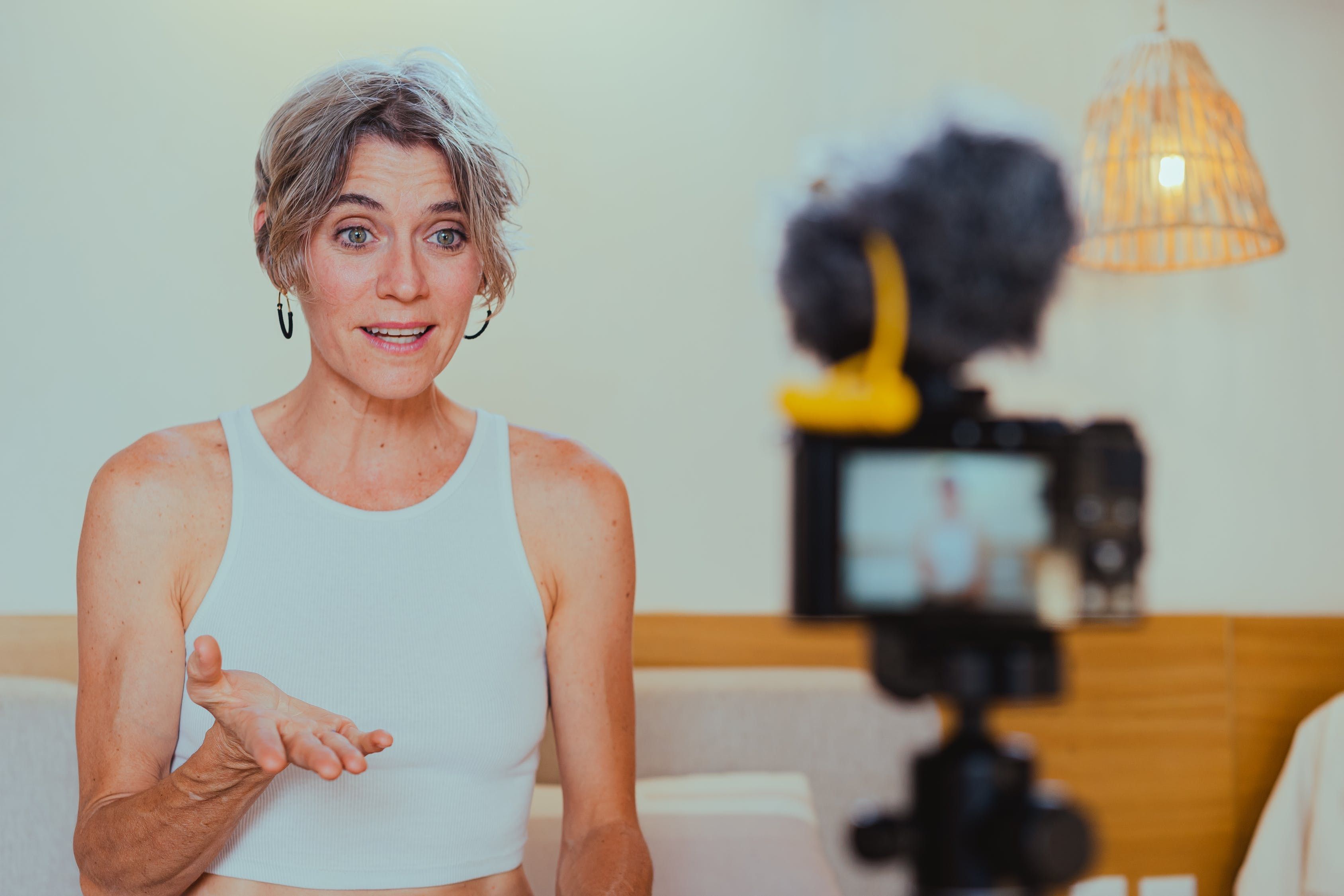
The term vlog is derived from "video blog" or "video log"—it's a blog in mostly or entirely video format. Vlogs can consist of only a video, but can also include text and images to help drive the point. They can be unedited or edited in any style, and range from several minutes to a few hours long.
The purpose of a vlog is to connect with people by means of a particular subject. This can include pretty much anything, such as discussing academic topics, recording a trip, doing a tutorial, or sharing your skillset. Whatever type of content you can think of can usually be put in a vlog.
Vlogs can feature numerous people, but you are the main star; people watch it because they're interested in your life and what you have to say. The majority of vlogs are posted to YouTube, but any online social media platform can serve as a host for vlogging content.
They're typically filmed, edited, and produced by the vlogger themselves, but the more established content creators or influencers have a team behind them that takes care of all the technical components.
Let's have a look at how to get started.
1. Find Your Niche
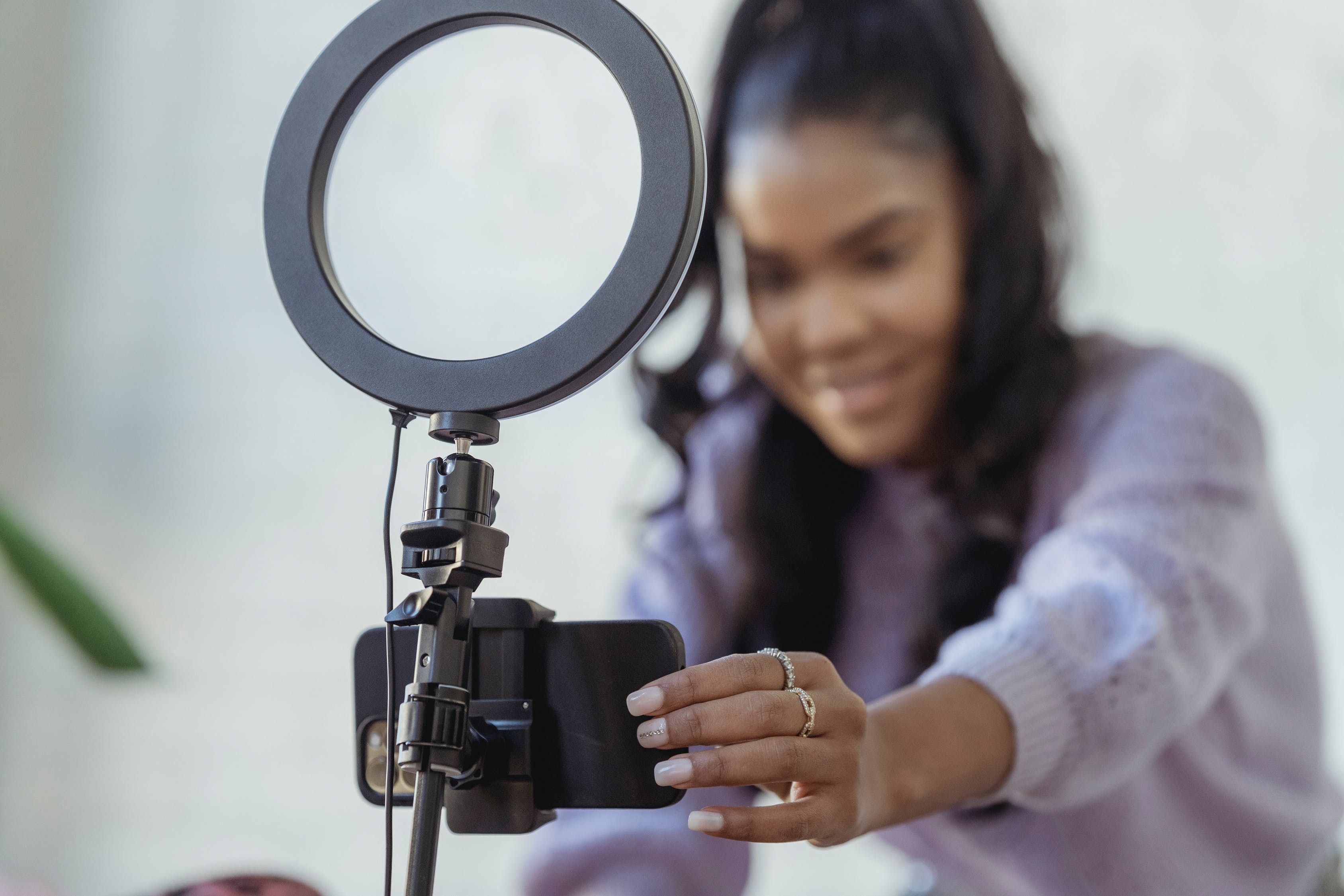
The first step to start vlogging is knowing what you want to vlog about. Think of topics that you're well-versed in or activities that you're good at. You don't even need to excel in anything—being passionate is good enough.
We know it might be difficult to settle down on one thing, especially if you have numerous passions or are indecisive. So if you want to create a variety of different types of vlogs, try to keep them related to one another. For example, travel vlogs pair well with house tour vlogs, and makeup tutorials with fashion hauls.
2. Be Consistent
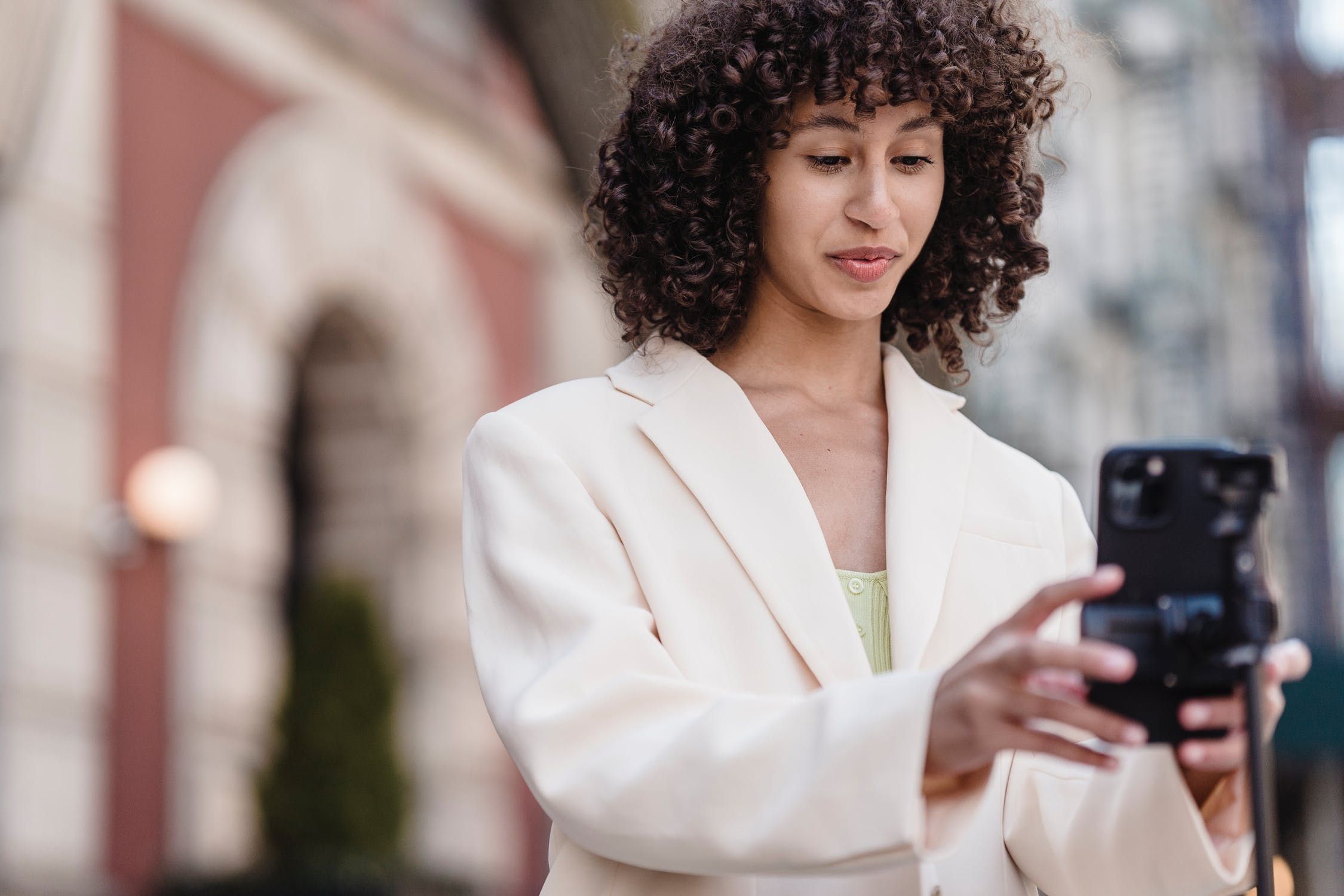
Not everything you post online needs to go viral—being internet famous isn't everyone's goal anyway. However, the point of posting something online is for others to see it, even if it's just a handful of viewers.
In order to garner views and attract your target audience, you'll need to upload consistently. We recommend sticking to a standard schedule of posting once a week. You can be more flexible with this, but keep in mind that viewers will get bored if you upload too often or not often enough.
Not only does your schedule need to be consistent, but also the content of your vlogs. Settling on a niche will help an audience familiarize themselves with your brand.
3. Choose Your Device
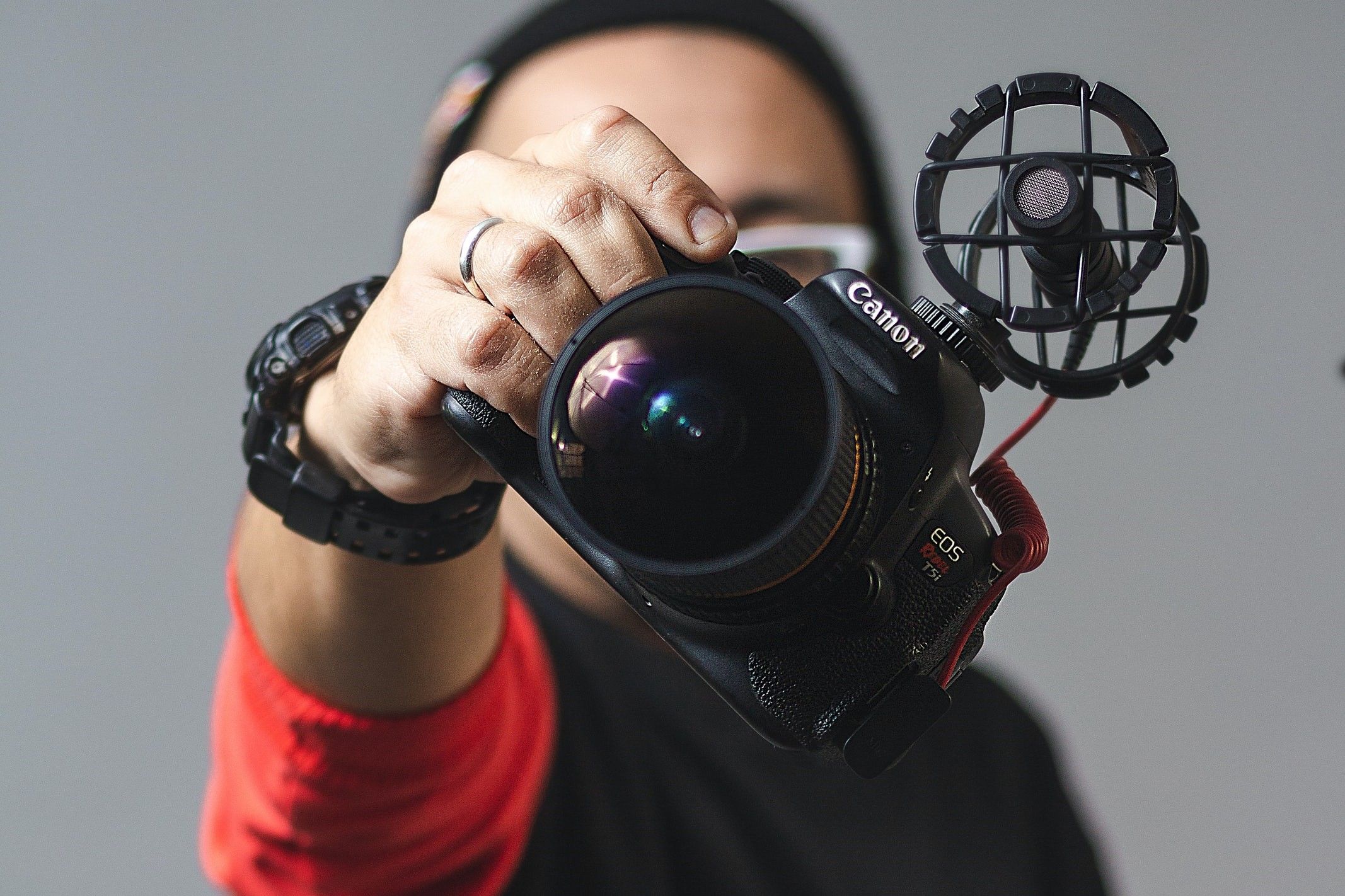
If you're just starting out, there's no need to purchase an expensive camera—your phone will do for now. Once you've established that vlogging is something you want to pursue more seriously, then it will be worth investing in a high-quality, sensible vlogging camera.
There are a plethora of cameras that are great for vlogging. You'll need to consider which one works best with your vlogging style. A lightweight camera is ideal for those who want to move around, and a high ISO will allow you to shoot in darker settings. Whatever you decide on, make sure it has good video autofocus.
A tip for when you're using a smartphone: use the back camera lens, as it has a higher frame rate than front-facing cameras.
4. Gear Up
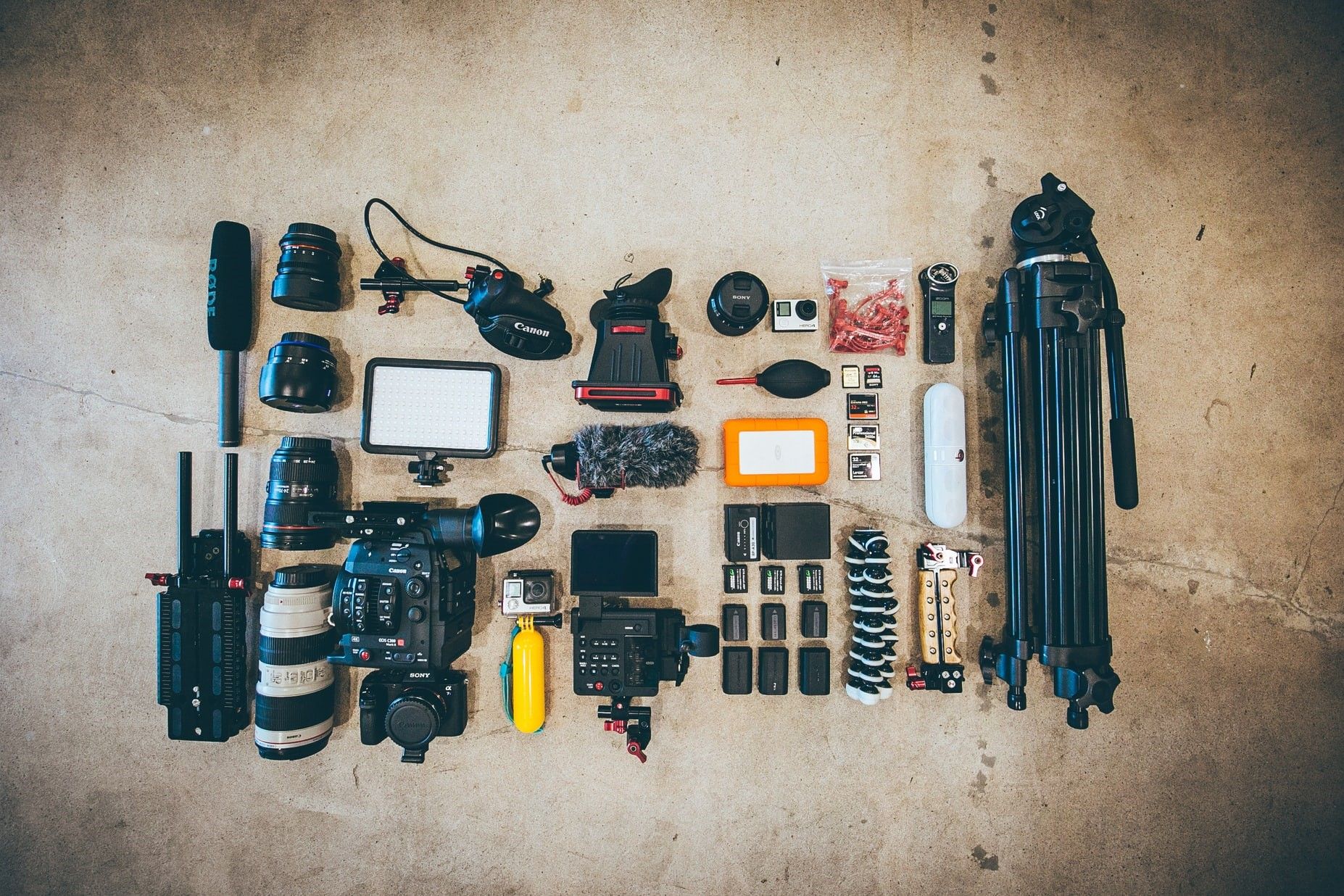
There's a lot of additional equipment that will make the vlogging process more convenient and produce higher-quality results.
If you're going to be the sit-down-in-a-room type of vlogger, ring lights for your videos are a must. They soften textures, balance highlights and shadows, and some even allow you to control the temperature of the composition (warm-toned or cool-toned).
Whether you're using a phone or a camera, having a medium to stabilize the device will save you a lot of effort and blurry footage. Consider getting a selfie stick, smartphone gimbal, tripod, or monopod. Otherwise, you'll always find yourself holding the device by hand and trying to balance it on surfaces.
5. Consider Storage Space
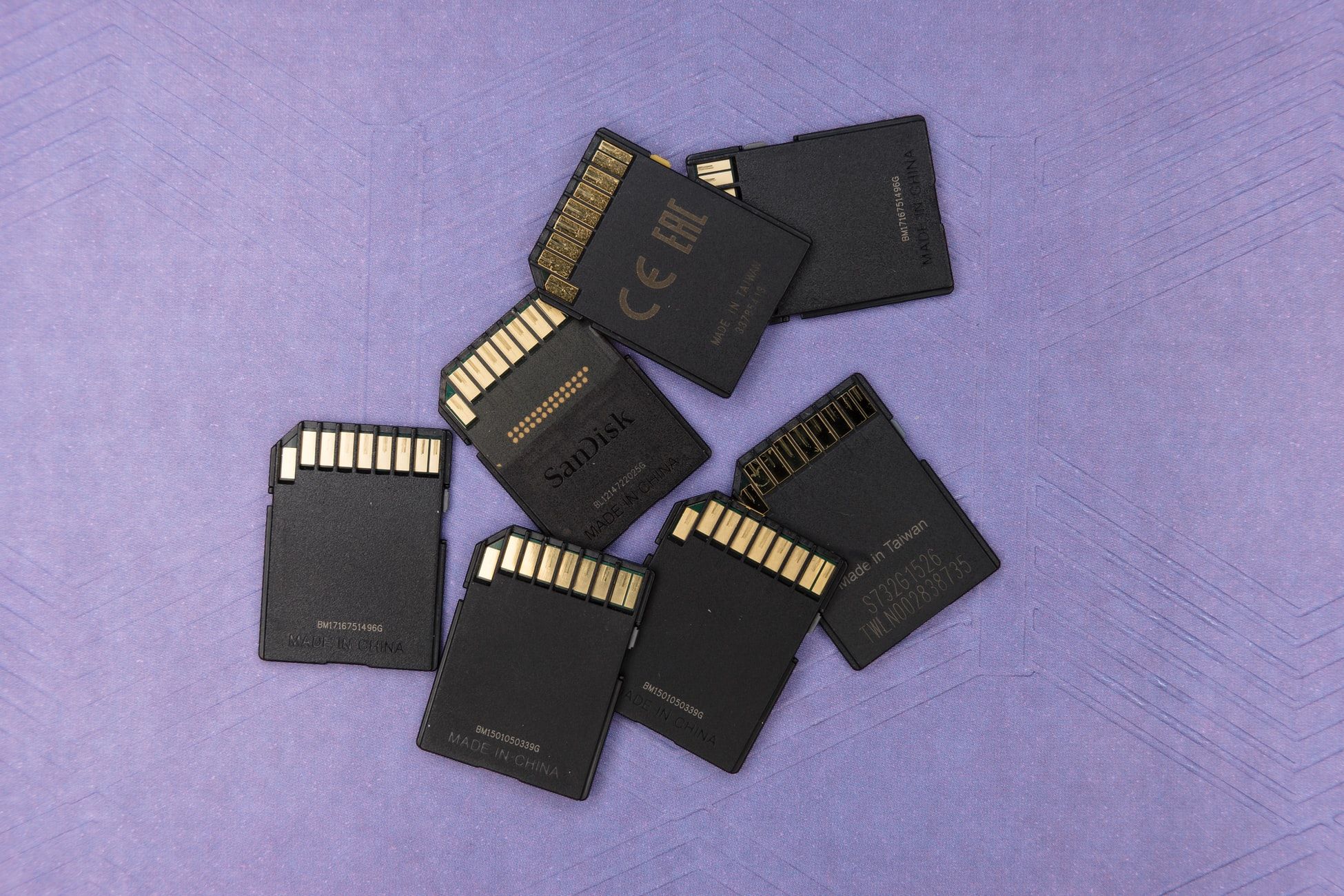
There's nothing worse than being in the middle of filming and getting interrupted by a low storage notification. You need to ensure that your device has sufficient storage space at all times.
Clear space on your phone or get an SD card for your camera. Once you're done editing the footage, back it up on a cloud service or external drive and delete it from the device—this way, you'll never run out of space.
6. Filming Technique
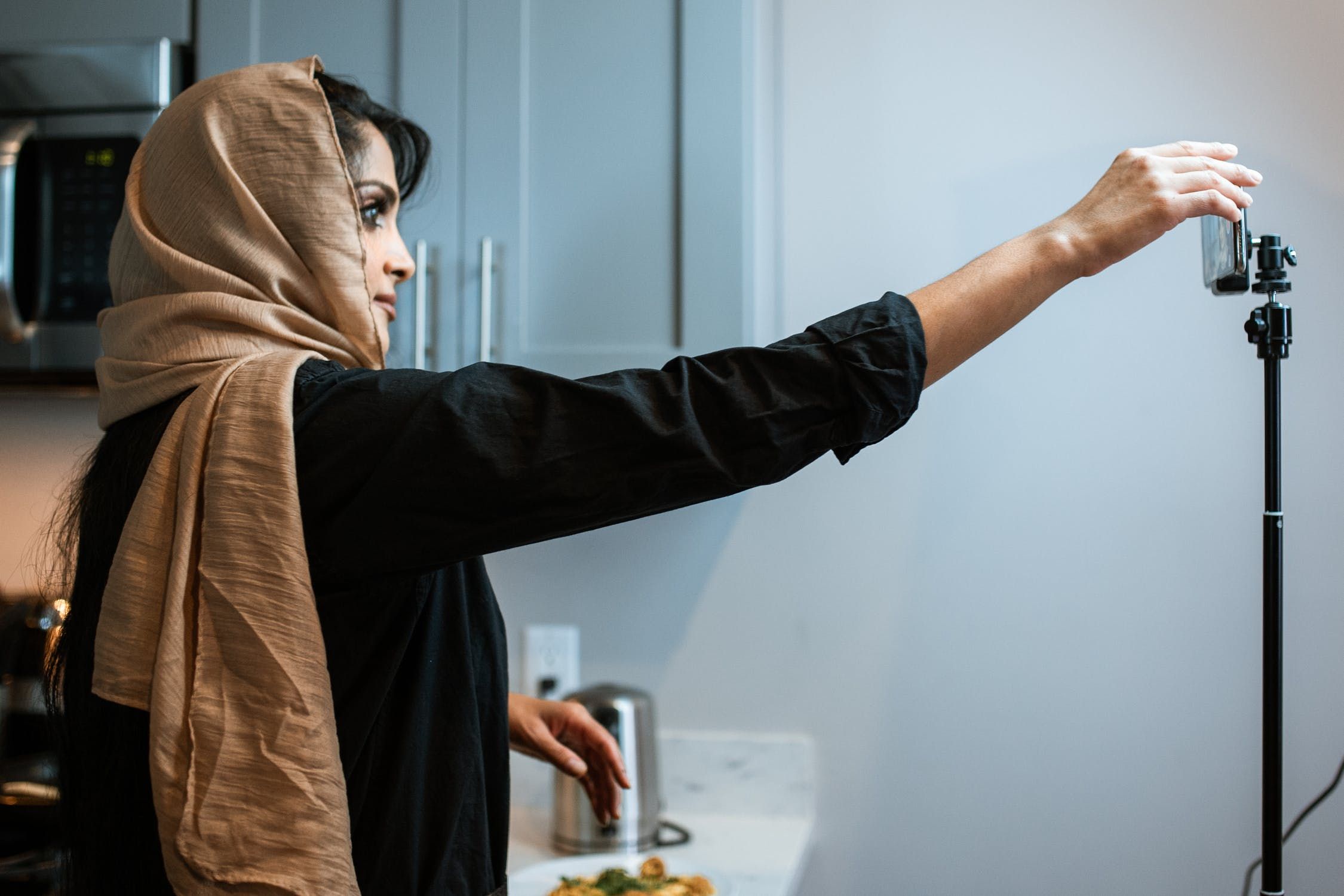
You don't need to be a pro videographer to produce a good vlog, but there are some tips that will make it more engaging and impressive to viewers, as well as save you time on editing.
For starters, you need good lighting. As aforementioned, ring lights will become your best friend. If you're not going to make use of artificial lights, you need to take advantage of natural light. Try to catch the sun when it comes in at a horizontal angle, such as golden hour, or film in an environment that reflects the sunlight well.
You also need to be cautious of your angles. If it's a room setup, keep the lens parallel to your face. If you're going to walk around, hold the device as far out as you can, and also parallel to your face.
7. Mind the Background
Don't forget about the background. Unless the room you're filming in is aesthetically pleasing as-is, invest in a backdrop. And when walking around, be mindful of distractions in the background, especially strangers who might not want to be filmed.
8. Keep It to a Reasonable Length
A vlog can be any length, really—but you want to remain reasonable. Long vlogs fair better for creators who have already established an audience that looks forward to their content. But don't make it too short either, or you might not get your point across. 10 to 20 minutes is a good length for beginners.
9. Edit the Footage
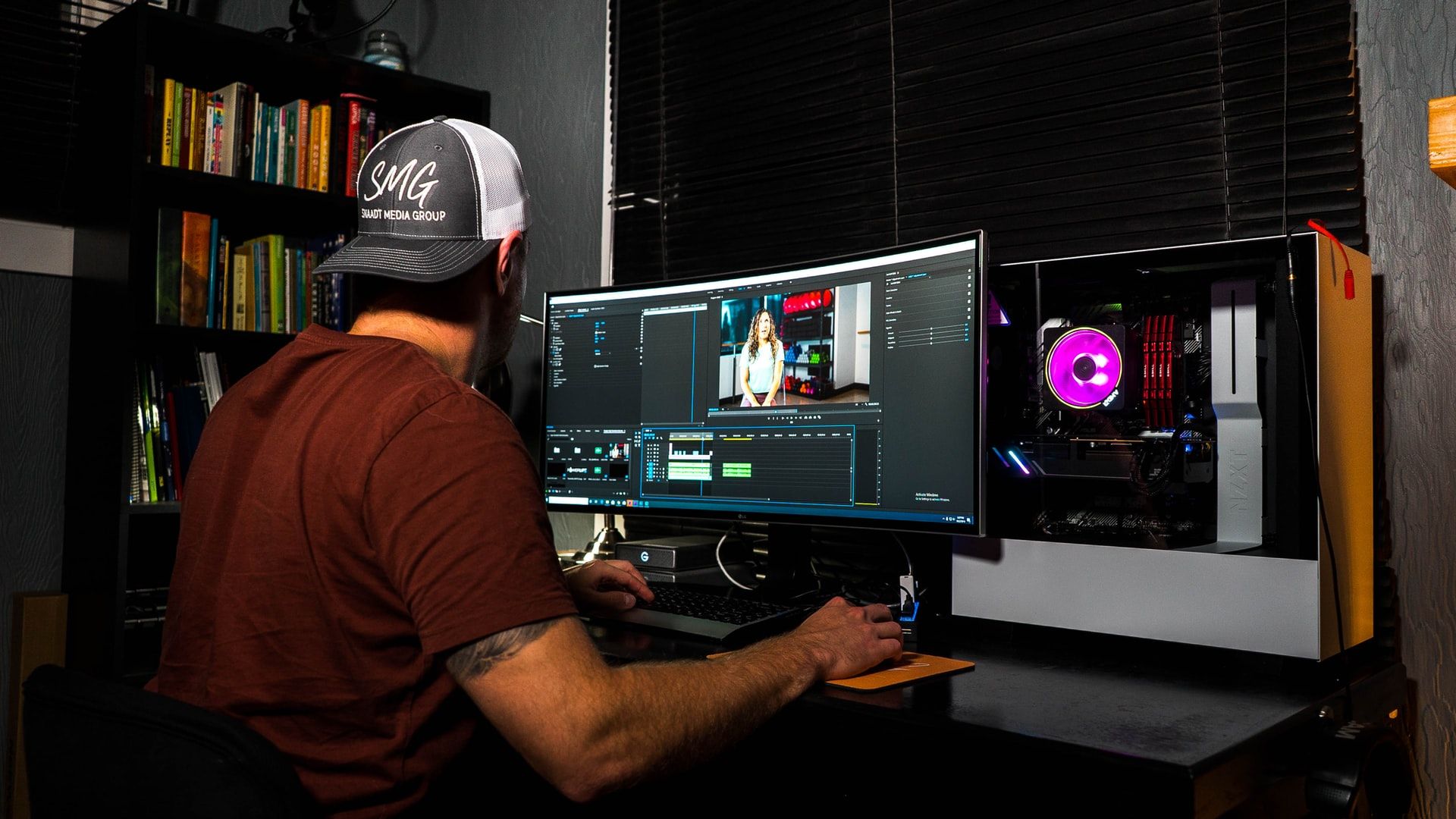
Any type of content creator needs to have some degree of editing skills. It's possible to get away without performing any edits at all, but we advise against this. Editing gives you the opportunity to cut out mistakes, control the pace, create a visual appeal, and produce an overall higher-quality result that captivates an audience.
You don't need to pay for professional editing software, at least not at first. There are tons of free editing software and even phone editing apps that are easy to navigate.
10. Audio Is Important, Too

Audio is secondary to the video footage, but don't rule out its importance. The majority of vloggers rely on the microphones on their phones or cameras. This is sufficient enough, but you might want to tweak the audio in your editor to bring clarity to your voice.
Using a lavalier mic is also a good option, as they're inexpensive and easy to set up. Once you've determined that you're going to be a serious vlogger, though, it might be worth investing in a shotgun mic for your camera.
Your voice won't be the only audio you need to pay attention to; vlogs with music fair better. Have a look at these sites for free and copyright-free music that you can use in your videos. Remember to adjust the volume in your video editing software so it doesn't drown out your voice whenever you're speaking.
11. Choose a Platform
The majority of vloggers post their content on YouTube. If that's going to be your platform of choice, have a look at these tips to strengthen your channel and promote your content. Platforms such as Facebook, Instagram, and TikTok are a great way to start out and give vlogging a test run.
It's Time to Start Vlogging
There's a lot of planning, determination, and effort that goes into becoming a vlogger—kind of like running a small business. Don't get too caught up in doing it right from the beginning; give yourself some wiggle room.
Start by posting shorter videos on a platform that you're already familiar with. This way, you'll build up the necessary confidence for speaking into a camera, as well as get used to the production process of content creation.